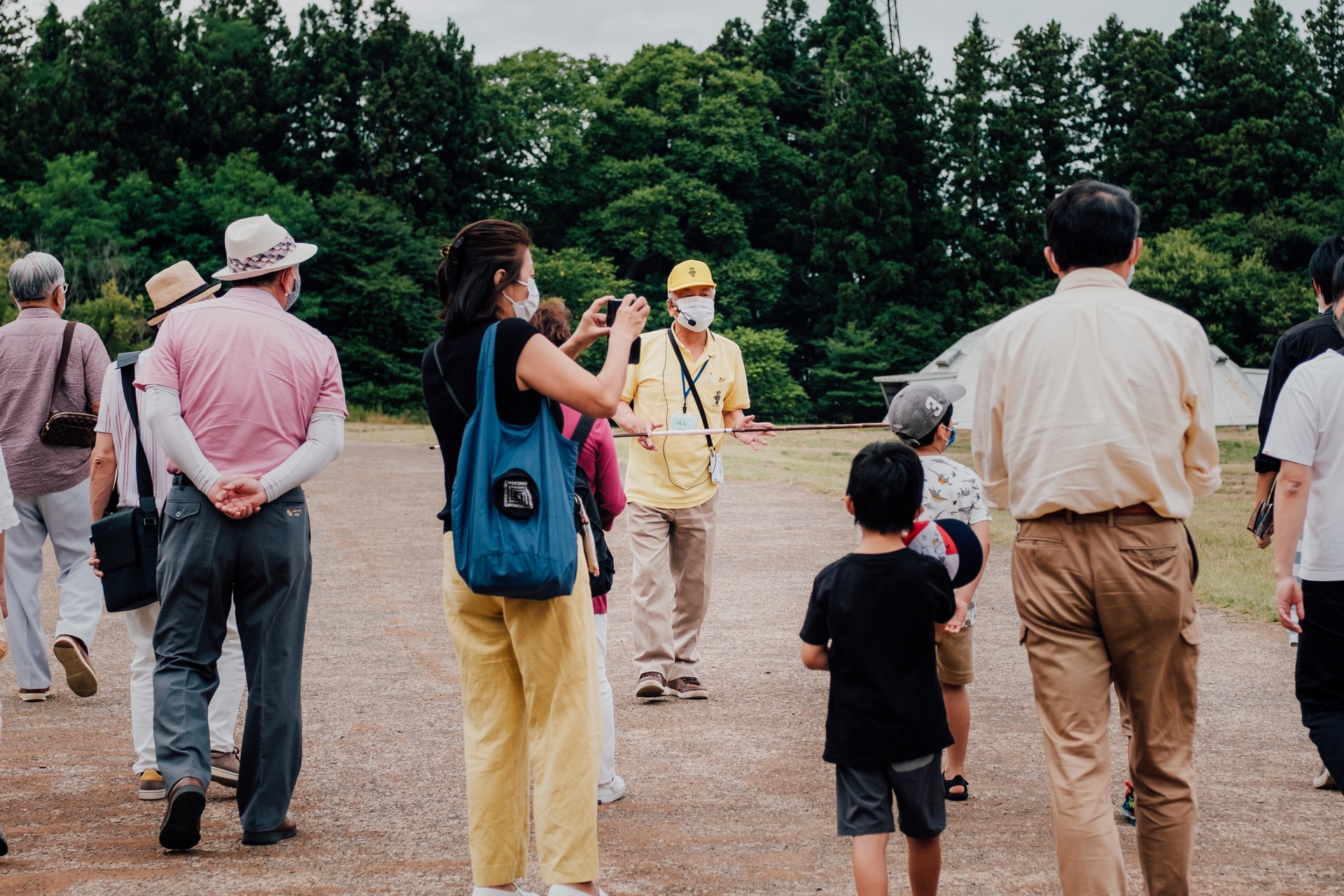Working in a noisy environment, such as a construction site or a manufacturing factory, makes communication incredibly difficult. The only way to hear your fellow employees and be heard is to shout — and that puts quite a strain on the voice. On top of that, it’s simply not effective, and crucial information is typically missed or misunderstood. So, is there anything you can do to communicate in a high-noise environment more effectively? There is, but you should put in some effort to ensure that the solution is done properly. Here are a few things you can do.
1. Buy a Tour Guide System
Tour guide systems are excellent tools for communication, as they’re specifically designed for all sorts of tours, training activities and presentations. And since those aren’t always held in quiet environments, these systems have to account for and reduce the noise in some way. Thus, they are just what you need in a factory or a construction site.
But how does a tour guide system work, exactly? Well, typically, it contains a transmitter, receiver, microphone, and headset. Each of these components allow you to easily communicate in a high-noise environment with other people in your vicinity without raising and straining your voice. In fact, here is what roles they play:
- Transmitter — used to transmit your voice into other people’s headphones
- Receiver — receives the voice and sends it through the headphones
- Microphone — whether it’s handheld or head-worn/hands-free, you’ll need to speak in it to be heard
- Headset — allows everyone to hear each other’s voices clearly and often has noise-reduction properties
So, once you get your tour guide system, give the headsets and microphones to all your employees, trainees and visitors. Follow the instructions included with it to connect everything properly, and start talking. You’ll immediately find out that communication is smoother, your voice suffers less, and there’s no room for misunderstandings. It really is as simple as that!
2. Use Visual Cues Rather Than Words
If you need to send only short instructions and messages on a very limited basis, you might not need words. Instead of relying on your ears in a noisy environment, use your eyes and hands. Develop a system of simple signs with your employees that will make the communication much quicker and smoother. Once you have that in place, ask everyone to learn what each means.
Naturally, you won’t be able to use this method for tours, training groups more than two people or when two employees can’t see each other. But in almost all other situations, visual cues can come handy.
3. Limit Yourself to Code Words and Key Phrases
If you and your employees must communicate in a high-noise environment, make sure to focus on key phrases that encapsulate as much meaning as possible. That way, instead of using long sentences that can easily get lost in the noise, you’ll just loudly say a few words. Tell your workers about this form of communication before starting to use it, so as not to confuse them.
If you want, you can develop your own set of codes denoting certain operations that your employees frequently perform. That way, when they hear a code word, your workers will immediately know what they are expected to do, and there will be no need for additional explanations. And that’s certainly a plus in a noisy environment!
4. Assign Special Areas for Longer Conversations
Sometimes, signs and key phrases aren’t enough to convey exactly what you want to say. In such a case, you’ll probably want to have a longer conversation with your employee and hear their response as well. As we’ve established, though, such a thing is quite difficult in your noisy factory or a construction site. So you need a quiet space nearby instead.
If possible and feasible, a possibility is to designate such a place near the workspace where your employees can gather and have longer work-related discussions. That space will come in handy to you, too — you can invite your workers to join you there when you have important announcements.
Don’t choose a room in a different building, though. Your employees should be able to easily reach it from their workspace and just as quickly go back to work. In other words, the closer it is to the manufacturing area or construction site, the better.
5. Listen to Your Employees’ Feedback
One thing is certain — no one understands how it is to communicate in a noisy environment better than your employees who deal with it daily. If you truly want to solve their problems, you need to identify them. And there’s no better way to do that than to directly approach your workers and ask them.
Talking to your employees in this way will probably expose some issues you haven’t considered before. More importantly, though, you’re sure to get new ideas — for instance, some of your workers may come up with solutions you never thought of. Encourage them to share their thoughts with you and listen carefully. Together, you’ll definitely come up with a perfect course of action.
In Conclusion
Effective communication in a noisy environment is something most employers and employees struggle with, but solutions definitely exist. If you’ve tried to apply some before and nothing worked, these five tips might help you out. Just don’t give up if things don’t go smoothly right off the bat — both you and your employees might need some time to adjust. But once you do, you’ll be surprised at how much easier it is to communicate.
Author: Rick Farrell, President, Plant-Tours.com

Farrell is North America’s foremost expert in improving manufacturing group communication, education, training and group hospitality processes. He has over 40 years of group hospitality experience, most recently serving as President of Plant-Tours.com for the last 18 years. He has provided consulting services with the majority of Fortune 500 industrial corporations improving group communication dynamics of all types in manufacturing environments.


